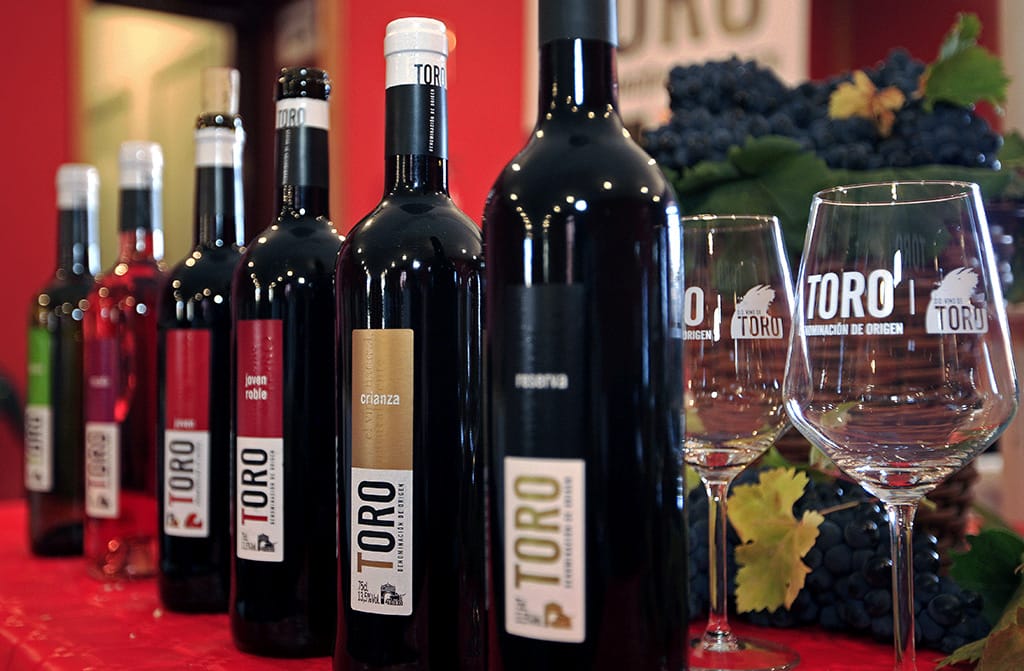The Wolf Post offers a professional service with free access, without subscription.
For this reason, a donation would also be a sign of appreciation for our work.
Toro wines (Toro is a Spanish municipality, belonging to the Autonomous Community of Castilla and León) have a very ancient history, dating back to before the settlements of the Romans. In the Middle Ages they were so popular that they could be marketed in towns and cities where the sale of other wines was prohibited. They were the first European wines to land in the Americas.
During the 19th century, large quantities were exported to France to fill the void left by the phylloxera plague.
In 1990, the Junta de Castilla y León (Spain) was involved in a plan of clonal selection and sanitation of the vine, recovering and multiplying the autochthonous varieties of the Autonomous Community. Among these varieties the Tinta de Toro stands out, currently certified as an autochthonous variety, with its own name and well-defined agronomic and ampelographic characteristics. It is marketed with a blue label and the corresponding clone number.
The commitment to quality implies compliance with rigorous current standards, established by the Regulation that regulates the Designation of Origin Toro.
Red wines are mainly made with the Tinta de Toro variety, always looking for the degree of maturity required to obtain wines in which the balance of their components is reflected in the remarkable quality of the wines.
The de-stemmed grapes are placed in vats, where they ferment with the skins for a time that depends on the type of wine being made. In this way, the young wines are left in the vat for shorter periods and the wines that must be aged in Bordeaux oak barrels are macerated for longer periods, thus obtaining an extraction which, with the passage of time, is domesticated in the barrel and reinforcing the longevity of wines.
Given the exceptional climatic conditions of the area, the Tinta de Toro variety ripens early. This allows wineries to also produce wines with the carbonic maceration system. These fragrant, fresh and aromatic wines are marketed starting from November of the same year in which the grapes are harvested.
Felipe Nalda Álvarez President of DO Toro talks about this splendid reality.

©Do Toro
Since the birth of DO Toro, what goals have you achieved and what do you still need to achieve?
Since the birth of DO Toro, winemakers have worked tirelessly to ensure that Toro wine is appreciated. With the passage of time and great work and commitment, Toro wines have positioned themselves at the top of all international rankings, as well as connecting with consumers so that they choose Toro wines over other options. Another great milestone achieved is being able to sell 16 million bottles in 2021. Toro’s growth has been exponential over all these years and the figures prove it. Goals to achieve? Continue to grow and make our fantastic wines known to a much wider audience and conquer more palates.
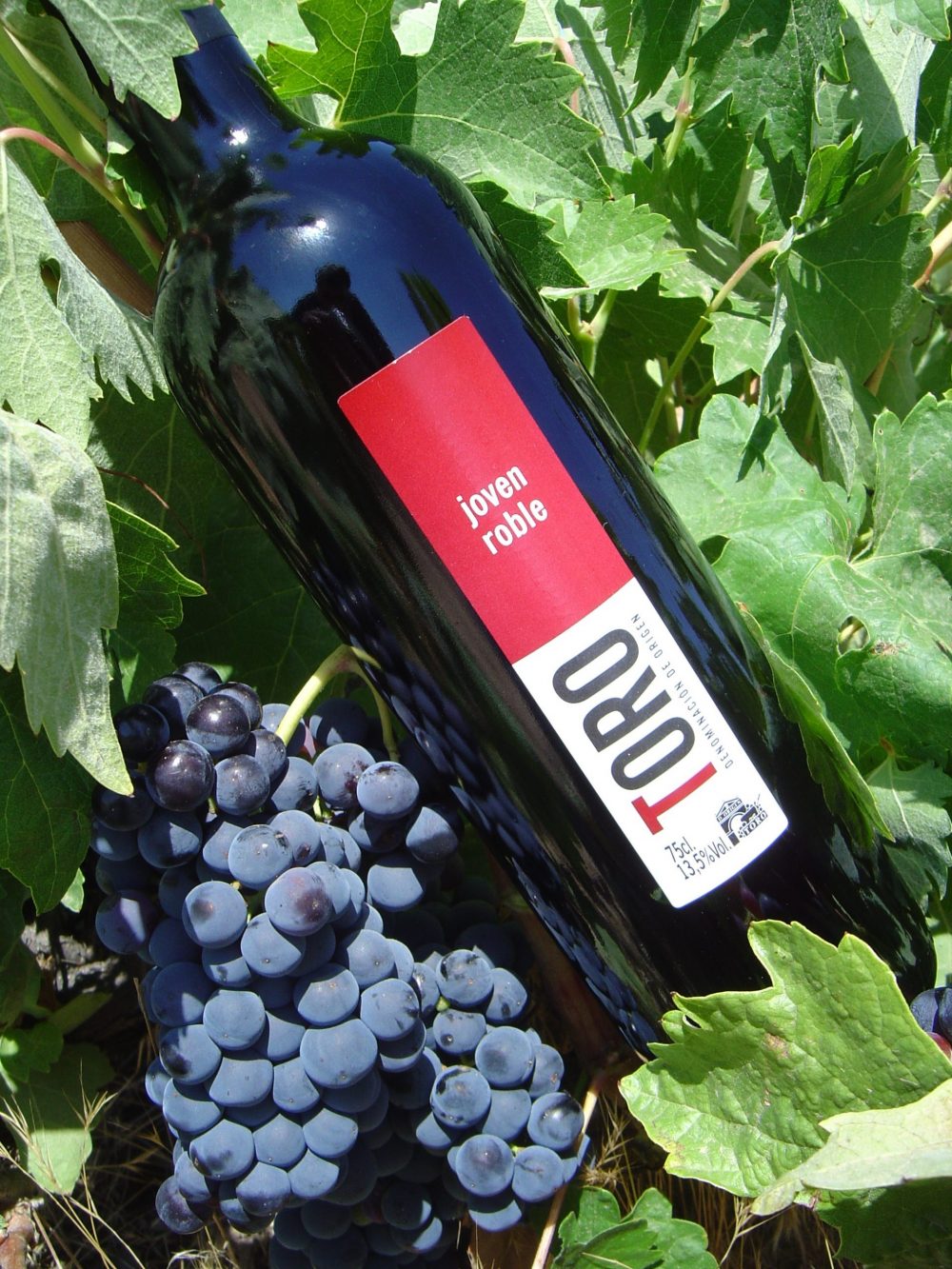
©Do Toro
What are the peculiarities of the territory and its wines?
Toro has very marked peculiarities that make it different from other Designations of Origin in many respects. Our great peculiarity is the autochthonous variety that we have and with which about 90% of our wines are produced, the Tinta de Toro. Another of these can be its climate, of extreme temperatures that favor the development of the grapes in a different way, or the different types of soil that we can find and which give the grapes different characteristics depending on the type of soil and the area in which it is grown where that vineyard is located. Our wines are also particular, yes, not only for their power and flavor, which are unique, but also for their wonderful and intense characteristic color that Tinta de Toro offers them.
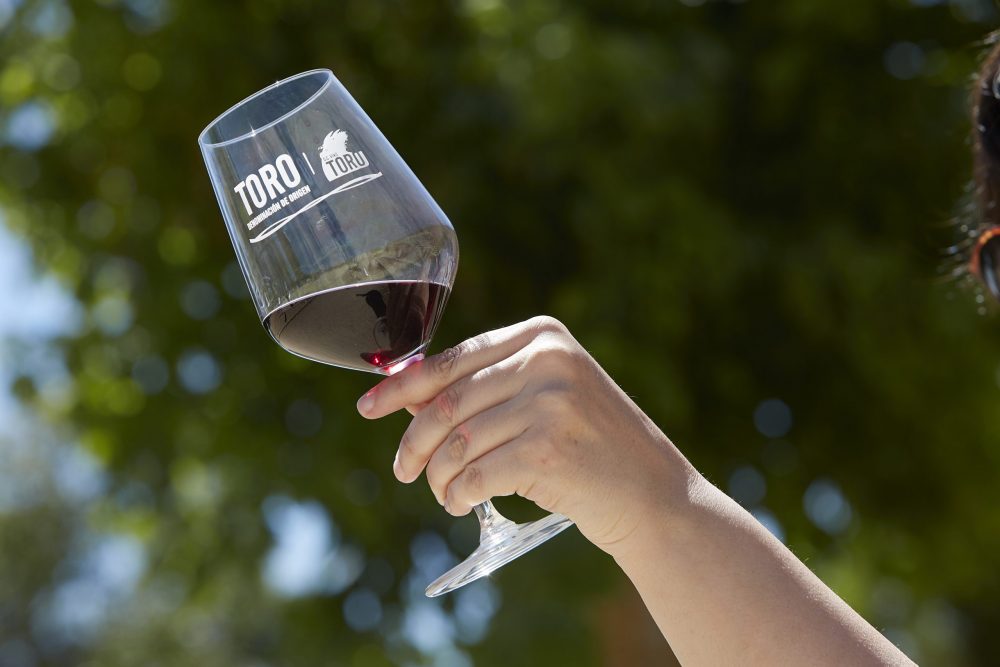
©Do Toro
Through which services/activities do you promote DO Toro wine?
The promotion of Toro wine takes place in very different ways. We could say that, both nationally and internationally, fairs and promotional events are held to make the participants aware of Toro wines. Reverse missions are also carried out with importers from other strategic countries so that they come to the production area to get to know it firsthand and see how our wines are produced here.
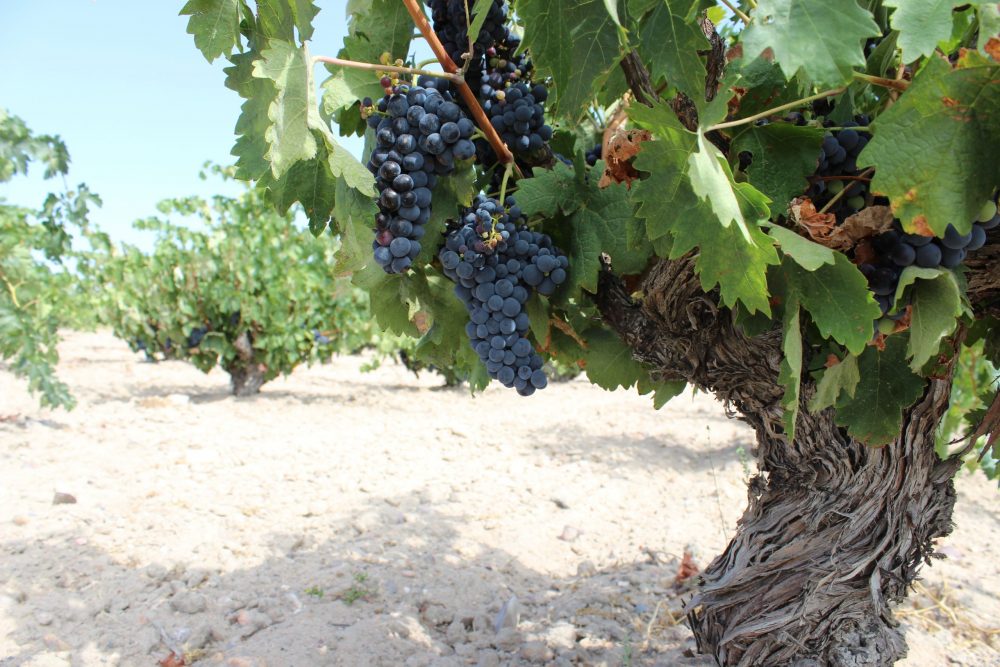
©Do Toro
Articles in specialized journals and publications are also a key tool promoted by the Regulatory Council, as they represent the best way to reach that specific audience and spark their interest in Toro and its wines. Furthermore, among many other things, the collaborations with various tastings for professionals, importers or students stand out, which are carried out to make our wines personally known.
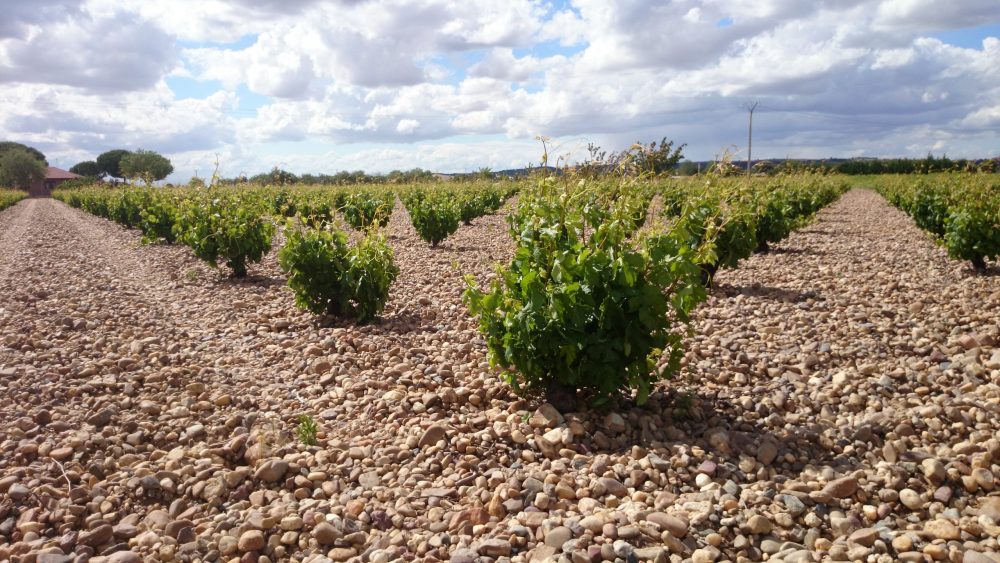
©Do Toro
Could you briefly describe the areas of cultural and wine tourism interest of DO Toro?
The wealth of DO Toro is incalculable. The wine tourism and cultural offer it offers is immense, not only for its rich gastronomy, with Toro wine as the main protagonist, but also for its countless historical-artistic heritage that offers visitors an unforgettable experience to live thanks to Toro Wine Route.
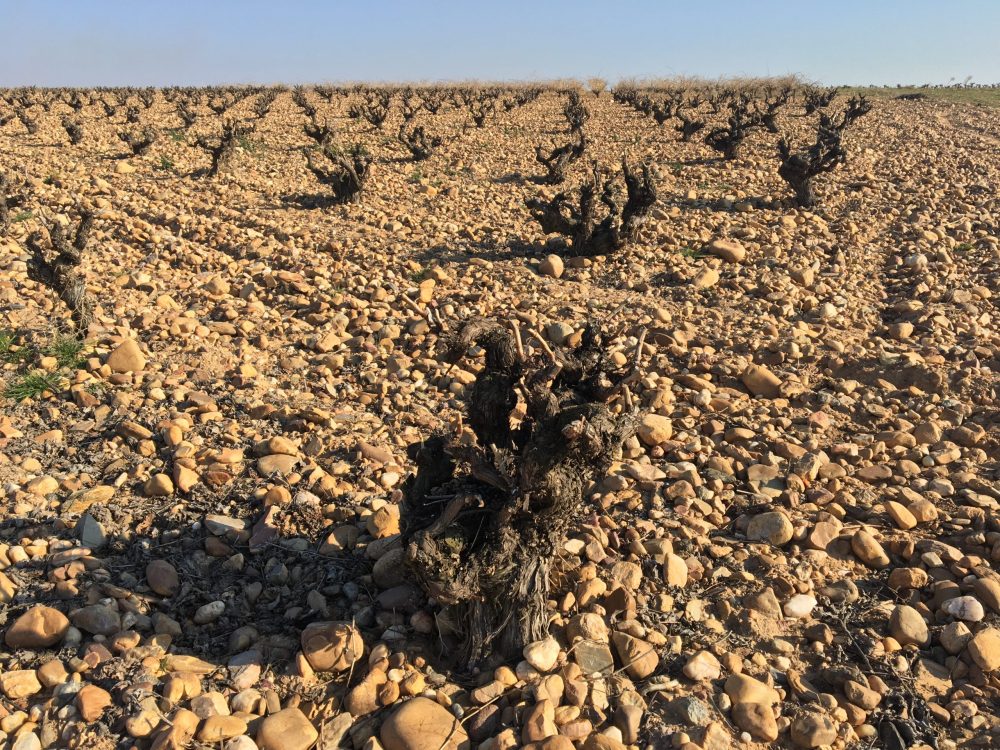
©Do Toro
Why are DO Toro wines special?
For the great personality. It could be the summary of everything. Toro wines are unique. Rich in aromas, flavor and, above all, color. The possibilities offered by Tinta de Toro are enormous and it is evident in the great quality of the Toro wine. Toro wines leave no one indifferent, they are wines with great potential.


